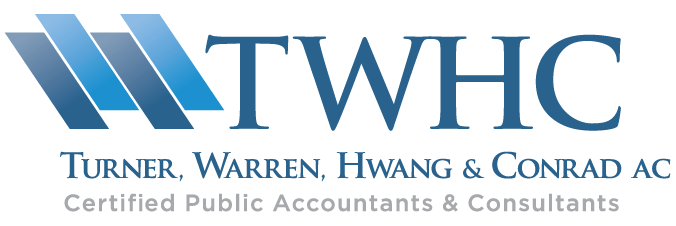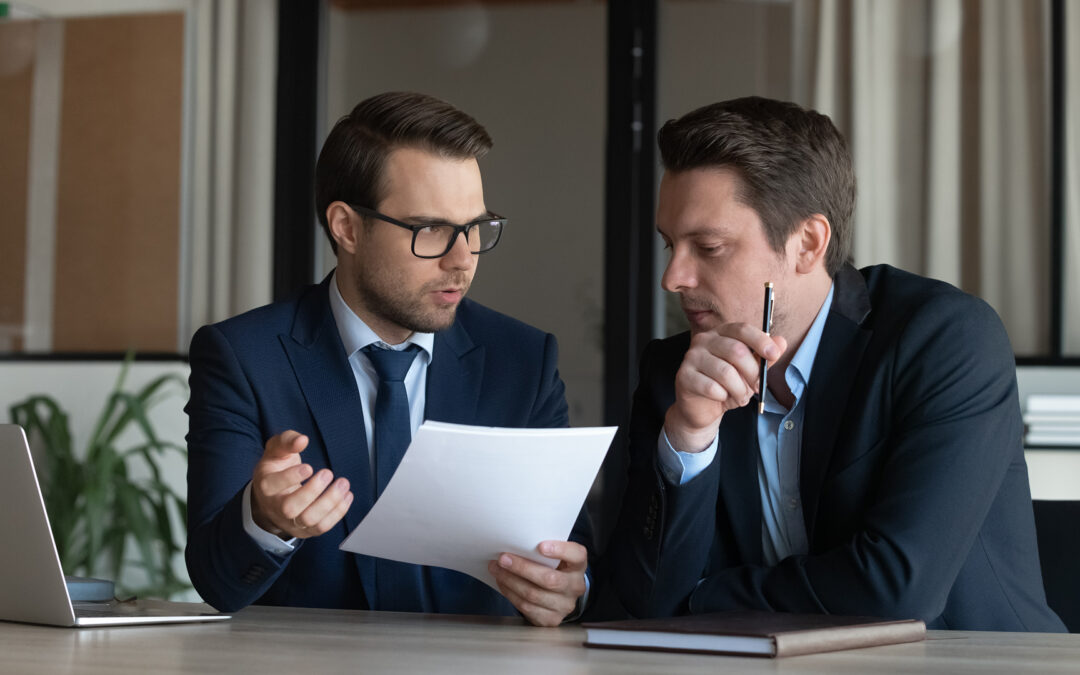Beginning December 29, 2020, the Internal Revenue Service and the Treasury Department will deliver another set of Economic Impact Payments to millions of Americans who received the first round of payments earlier in the year. This payment is part of the Coronavirus Response and Relief Supplemental Appropriations Act of 2021.
The earliest direct deposit payments may begin arriving on December 29, 2020 for some people and will continue into the first week of January. Paper checks were mailed December 30, 2020. No action will be required by eligible individuals to receive the secondary payment.
While the official payment date is January 4, 2020, some may see the direct deposit payments as pending or as provisional payments in their accounts. The IRS payment is automatic and the IRS reminds taxpayers not to contact their financial institution or the IRS with questions about when such payment will be received.
Similar to the CARES Act, most people will receive these payments by direct deposit. Social Security and other beneficiaries who received their payments via Direct Express will receive the second payment in the same way.
There may be a certain group of individuals that received their initial payment via direct deposit, that may not receive a direct deposit for the secondary payment. This group will either receive a secondary payment in the form of a check or a debit card. For those in this category, payments will conclude in January. Should there be additional legislation enacted that provides additional funds, these payments will be topped up per the IRS.
Eligible individuals who did not receive an Economic Impact Payment this year – either the first or the second payment – will be able to claim it when they file their 2020 taxes in 2021. The IRS urges taxpayers who did not receive a payment this year to review the eligibility criteria when they file their 2020 taxes; many people, including recent college graduates, may be eligible to claim it. People will see the Economic Impact Payments (EIP) referred to as the Recovery Rebate Credit (RRC) on Form 1040 or Form 1040-SR since the EIPs are an advance payment of the RRC.
The second round of payments refereed to as EIP2, authorized by the newly enacted COVID-Relief legislation, is generally $600 for singles and $1,200 for married couples filing jointly. Those with qualifying children will receive $600 for each child. Dependents who are age 17 or older are not eligible for the child payment.
Eligible Taxpayers Will Receive Automatic Payments
Payments are automatic for eligible taxpayers who filed a 2019 tax return, those who receive Social Security retirement, survivor or disability benefits (SSDI), Railroad Retirement benefits as well as Supplemental Security Income (SSI) and Veterans Affairs beneficiaries who did not file a tax return. Payments are also automatic for anyone who successfully registered for the first payment online at IRS.gov using the agency’s Non-Filers tool by November 21, 2020 or who submitted a simplified tax return that has been processed by the IRS.
EIP2 Eligibility Requirements
Generally, U.S. citizens and resident aliens who are not eligible to be claimed as a dependent on someone else’s income tax return are eligible for this second payment. Eligible individuals will automatically receive an Economic Impact Payment of up to $600 for individuals or $1,200 for married couples and up to $600 for each qualifying child. Generally, if you have adjusted gross income for 2019 up to $75,000 for individuals and up to $150,000 for married couples filing joint returns and surviving spouses, you will receive the full amount of the second payment. For filers with income above those amounts, the payment amount is reduced.
How to check your payment status
People can check the status of both their first and second payments by using the Get My Payment tool, available in English and Spanish only on IRS.gov.
How will the IRS know where to send my payment?
The IRS will use the data already in their systems to send the new payments. Taxpayers with direct deposit information on file will receive the payment that way. For those without current direct deposit information on file, they will receive the payment as a check or debit card in the mail. For those eligible who don’t receive the payment for any reason, it can be claimed by filing a 2020 tax return in 2021. Remember, the Economic Impact Payments are an advance payment of what will be called the Recovery Rebate Credit on the 2020 Form 1040 or Form 1040-SR.
Will I receive a paper check or debit card?
To speed delivery of the payments to reach as many people as soon as possible, the Bureau of the Fiscal Service, part of the Treasury Department, will be sending a limited number of payments out in the form of a debit card. Please note that the form of payment for the second mailed EIP may be different than the first mailed EIP. Some people who received a paper check last time might receive a debit card this time, and some people who received a debit card last time may receive a paper check. For those who do not receive a direct deposit by early January, they should watch their mail for either a paper check or a debit card.
IRS and Treasury urge eligible people who don’t receive a direct deposit to watch their mail carefully during this period for a check or an Economic Impact Payment card, which is sponsored by the Treasury Department’s Bureau of the Fiscal Service and is issued by Treasury’s financial agent, MetaBank®, N.A. The Economic Impact Payment Card will be sent in a white envelope that prominently displays the U.S. Department of the Treasury seal. It has the Visa name on the front of the Card and the issuing bank, MetaBank®, N.A. on the back of the card. Information included with the card will explain that this is your Economic Impact Payment. More information about these cards is available at EIPcard.com.
Have eligibility requirements changed since the last payment?
Under the earlier CARES Act, joint returns of couples where only one member of the couple had a Social Security number were generally ineligible for a payment – unless they were a member of the military. But the new law changes and expands that provision, and more people are now eligible. In this situation, these families will now be eligible to receive payments for the taxpayers and qualifying children of the family who have work-eligible SSNs. People in this group who don’t receive an Economic Impact Payment can claim this when they file their 2020 taxes under the Recovery Rebate Credit.
Social Security Beneficiaries, Railroad Retirees, and those receiving Veterans’ Benefits who do not typically file a tax return
Most Social Security retirement and disability beneficiaries, railroad retirees and those receiving veterans’ benefits do not need take any action to receive a payment. Earlier this year, the IRS worked directly with the relevant federal agencies to obtain the information needed to send out the new payments the same way benefits for this group are normally paid. For eligible people in this group who didn’t receive a payment for any reason, they can file a 2020 tax return.
Eligibility for payment even if you did not file a tax return or register with the IRS.gov non-filers tool
If you meet the eligibility requirement, you can still receive a payment. While you won’t receive an automatic payment now, you can still claim the equivalent Recovery Rebate Credit when you file your 2020 federal income tax return.
Tax Records for EIP2
People will receive an IRS notice, or letter, after they receive a payment telling them the amount of their payment. They should keep this for their tax records.
More Information
For more information about Economic Impact Payments and the 2020 Recovery Rebate, key information will be posted on IRS.gov/eip. Later this week, you may check the status of your payment at IRS.gov/GetMyPayment. For other COVID-19-related tax relief, visit IRS.gov/Coronavirus.





